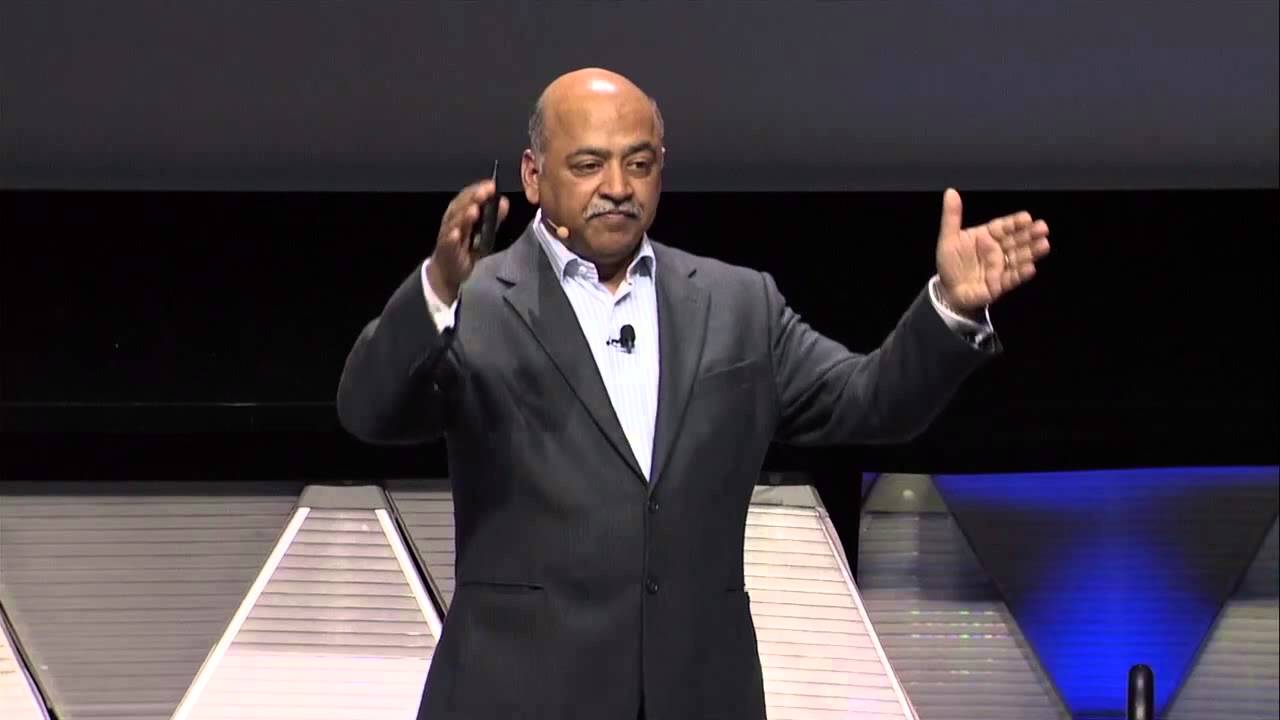 CLOUD
CLOUD
 CLOUD
CLOUD
 CLOUD
CLOUD
IBM Corp. surprised investors today with third-quarter revenue growth that undershot investor expectations by nearly $200 million, although the top line grew in businesses other than the Kyndryl Holdings Inc. subsidiary the company is expected to divest before the end of the year.
Revenue edged down 0.2% when adjusted for divested businesses and currency, to $17.6 billion. Excluding the Kyndryl business, revenue rose 1.9%. Analysts had been expecting a top line of $17.79 billion. Earnings per share were in line with expectations at $2.52, down 2% from a year earlier.
Investors don’t like surprises, and they punished IBM by bidding its stock down over 4% in after-hours trading.
IBM executives presented a bullish scenario to analysts, saying the company’s weaker-than-expected results were a function of investments that will yield long-term growth. “With the market opportunities we see, we are investing ahead of revenue,” said Chief Financial Officer James Kavanaugh.
Because Kyndryl would normally drive $5 billion in revenue in the fourth quarter, forecasting is difficult in the short term, so IBM is encouraging investors to look at profit margins and free cash flow rather than top-line growth. The company appears to be looking forward to the Kyndryl divestiture to rid it company of a low-margin business so it can focus on software and services.
Charles King, principal analyst at Pund-IT Inc., said the divestiture strategy is sound. “Though the business unit and work groups comprising Kyndryl drive significant annual revenues, shrinking margins in those areas resulted in an overall drag,” he said. “The divestiture will likely benefit IBM’s profitability.”
Bola Rotibi, research director for software development at CCS Insight Ltd., agreed. IBM has been “talking about becoming a more agile business and positioning the company to reflect more of where customers are investing, so the separation of Kyndryl will allow both to focus more effectively,” she said. “If you look at many of the leading vendors in this market, practically all have shifted focus to increasing the software share of their portfolio.”
Adjusted revenue in the closely watched cloud category rose 11%, to $27.8 billion, with sales in the product group IBM calls Cloud & Cognitive Software sales jumping 28%. Revenue for the Red Hat subsidiary that undergirds IBM’s hybrid cloud strategy rose 17% and overall cloud revenue grew 20%.
Although IBM’s $34 billion acquisition of Red Hat in 2019 was deemed expensive by some analysts at the time, the deal has given the company’s cloud business the lift it hoped for, King said. “IBM is intent on supporting public cloud platforms of every sort and on creating a sort of lingua franca of cloud-related open technologies,” he said. “The Red Hat acquisition is the most expansive example of that strategy, and its growing revenue stream suggests the approach is on track.”
The company “hasn’t demonstrated the same growth as some of the leading hyperscale cloud providers but I think IBM’s approach is more targeted, which is a wise approach,” Rotibi said.
Despite the lower-than-expected revenues, IBM Chief Executive Arvind Krishna (pictured) didn’t back down from earlier promises to grow steadily beginning in 2022. “With our increased focus and agility to better serve clients, we are confident in achieving our medium-term objectives of mid-single-digit revenue growth and strong free cash flow generation,” he said in a statement.
“We are on the threshold of the future IBM,” Kavanaugh said on the call with analysts. “We expect to exit the fourth quarter on the threshold of mid-single-digit growth.”
IBM said the divestiture of its services business will enable it to concentrate on growth markets, with 40% of its revenue coming from software and 30% from consulting. Rotibi said that strategy is in line with the direction of the market. “Infrastructure is still being invested in, but flexibility, agility and automation are seen as being achieved through software,” she said.
IBM’s focus on vertical clouds for markets like financial services also sets it apart from competitors, Rotibi said. “This leverages IBM’s solid footprint in these markets considering the relationships they hold as a result of their services business,” she said.
Free cash flow was strong at $11.1 billion, up $300 million over the last 12 months. IBM is using that money in part to pay down the debt incurred for the $34 billion Red Hat acquisition. It ended the quarter with $54.5 billion in debt, down $7 billion since the end of 2020 and $18.5 billion since the Red Hat deal was closed two years ago.
On a segment basis, Global Business Services, which includes consulting, application management and global process services, grew 11%, to $4.4 billion. Cloud revenue in that segment jumped 37%.
Global Technology Services revenue fell 5.4%, to $6.2 billion. Infrastructure & Cloud Services sales fell 6% and Technology Support Services declined 5%. Most of those businesses will become part of Kyndryl.
Revenue in the Systems division fell 12.4% as demand for IBM’s Z-series mainframes ebbed in anticipation of the product cycle refresh. Storage revenue grew 11%.
THANK YOU